Every four years, the Crustacean Society (TCS) hosts an International Crustacean Congress (ICC), where international delegates share research covering a broad range of disciplines related to our world’s Crustacea. In May 2023, the 10th ICC was for the first time held in Aotearoa New Zealand, hosted by the Museum of New Zealand Te Papa Tongarewa and the National Institute of Water & Atmospheric Research (NIWA). It was the first in-person meeting held since COVID-19 restricted international travel and face-to-face meetings, and around 180 national and international delegates from all major continents participated in the week-long proceedings. Local indigenous traditions were intertwined with the international customs of the delegates, e.g. with a traditional Māori welcoming ceremony (pōwhiri) at the beginning, a kapa haka dance performance, and interactive songs and cultural exchange and learning. Over 180 presentations across 11 special sessions, symposia and general topics were shared, in addition to three workshops during and after the congress. Our keynote speakers lead us into the proceedings of three of the days, speaking about indigenous knowledge and decolonization, the evolution of animal vision, and crustaceans of the deepest ocean trenches. The ICC10 scientific proceedings coincided with the opening of a public exhibition at the Te Papa Museum highlighting ‘Clever Crustaceans’ that will travel around Aotearoa New Zealand over the next years.
Kareen Schnabel. Co-host of ICC 10.
*****
Ruma Chatterji PhD Candidate at the University of Cincinnati, USA.
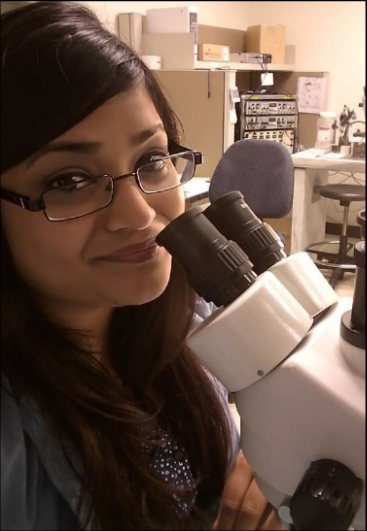 Can you tell us a bit about yourself and your research interests?
Can you tell us a bit about yourself and your research interests?
I am a doctoral candidate in the department of biological sciences at the University of Cincinnati. My current research interests involve the investigation of the spatial and temporal aspects of memory during path integration. Path integration is a type of navigation mechanism through which animals construct a memory of a location such as their home, by continuously measuring distances and directions of their movements, and then summing these to form a single memory-stored vector. The path integration system is not always perfect, and its accuracy depends on various factors, such as error accumulation and storage of the home location in memory. Although the latter component is integral in path integration, there are many aspects that are still unknown, such as how long this memory lasts, or the form in which the home location is stored in memory. My research investigates these components of spatial memory in path integration and its association with how well the animal can return home.
Aside from my research interests, I am also involved in pedagogical-related activities as one of my ultimate career goals is to teach and mentor students in higher education settings.
What first interested you in this field of research?
My interest in science began as a child growing up in the metropolises of New York City and then Kolkata (India), where I moved to just before my tenth birthday. I vividly remember seeing piles of trash cluttering the streets of Kolkata and watching the trash flow down the river Ganges, especially during the rainy season. I wondered to myself how this refuse affected the organisms living in the river, such as their memory capacities and behavioral abilities. It was these observations that piqued my scientific curiosity and led me towards my path as a biologist.
My career trajectory began with my migration back to the United States to pursue higher education in the field of environmental sciences at Pennsylvania Western University-Clarion. Here, I endeavored to expand the breadth of my degree through the addition of minor studies, one being sustainability management, and the other, psychology. My psychology minor opened my eyes to the world of neuroethology, and from that moment onward, I had directed my studies and career goals to understanding the way in which animals behave, and furthermore, investigating the underlying neural processes that influence these behaviors. This interest led me to pursue my master’s degree at Texas A&M University- Corpus Christi, where I investigated the behavioral and neuronal changes of learning and memory that occur in response to aversive stimuli in the marine mollusk, Aplysia californica. It was this fascination of examining the role of memory in animal behavior that propelled me to pursue related research for my PhD. I was not only greatly interested in animal navigation, but I was also curious about how animals navigated and the role that memory played in navigation.
You won the Best Poster Presentation award at ICC10, can you briefly explain the research you presented?
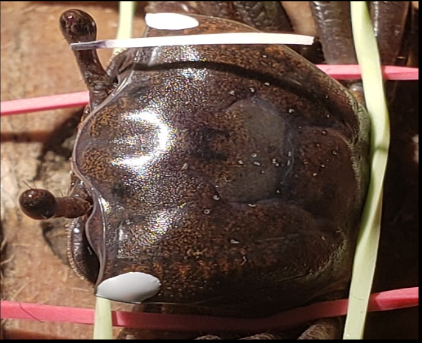
Crab marked with eye flag and carapace dots to monitor and eye and body movements, respectively.
Path integration requires that animals recall a memory-stored vector which points from their current location to their home location. This home vector must be stored using some form of coordinates which can be based in either a geocentric (with respect to environmental features, e.g., the Earth’s magnetic field) or an egocentric (with respect to the organism itself, such as its eye and body coordinates) frame of reference. A geocentric reference seems intuitively clear, but it is unknown what constitutes an egocentric frame of reference, i.e., what is the “front and center” in animal spatial perception.
Fiddler crabs, my current study species, make an excellent model to investigate the nature of this frame of reference because they tend to align the transverse axis of their body with the direction of home, and it has been speculated that their home vector is identical with the body axis. However, this cannot be strictly true since body axis is often not well-aligned with home, but the crab’s concept of its home direction remains aligned. An alternative reference for the home vector, especially since it explicitly reflects the deviation of the body axis from home direction, is eye position, as optokinetic eye movements stabilize the eyes against body rotation.
In this research, I tracked eye and body movements and found that the fiddler crabs with good eye stability were able to return home more accurately than those with poor eye stability. It turns out that, due to ocular reflexes that stabilize the eyes against body rotation, the deviation of body axis from home can be accounted for via the reflexive eye movements. These results indicate that eye position can establish the home direction in path integrating fiddler crabs.
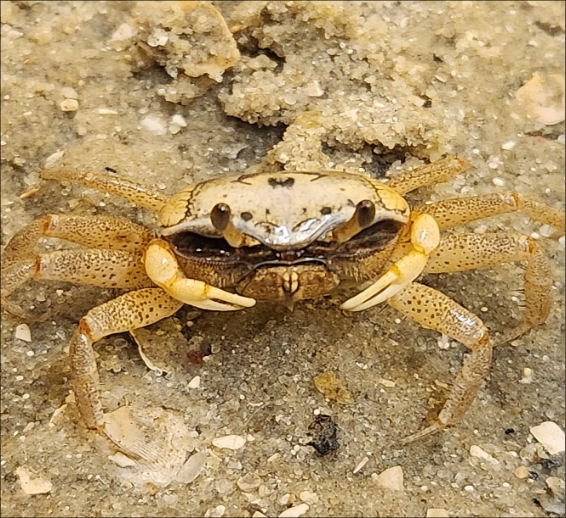
Female Fiddler Crab (Uca pugilator)
How will you continue to build on this research?
I am in the process of writing these results up to submit as a manuscript for dissemination to the public! I have also collected fiddler crab foraging path parameter data which I also plan to publish soon. Additionally, I can use these data to form the foundation for my forthcoming research projects, where I am now examining the duration of short-term memory during path integration in fiddler crabs. I am also examining if the path integration/vector memory system can only operate accurately within certain spatial limitations. Overall, through the culmination of these projects, I hope to make novel contributions in understanding the spatial and temporal aspects of vector memory during path integration in fiddler crabs.
Keshet Shavit recently completed MSc at Ben Gurion University of the Negev, Israel.
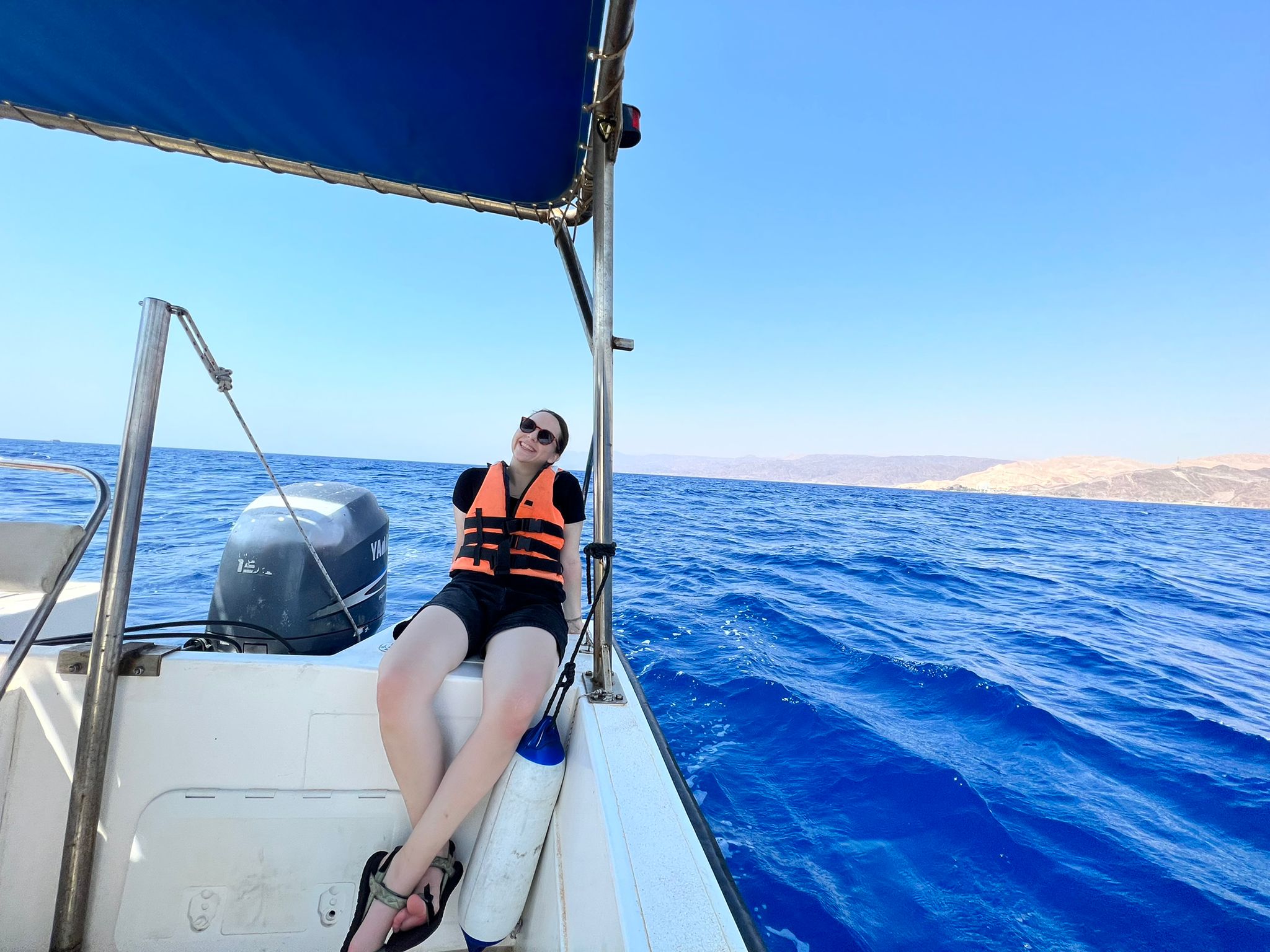 Can you tell us a bit about yourself and your research interests?
Can you tell us a bit about yourself and your research interests?
I completed my BSc in chemistry at BGU in the biophysics track, as part of “Dekalim” and “Ashalim” programs for excellent students. My MSc research focused on the crystallization mechanism of isoxanthopterin in the eyes of crustaceans. This material has exceptional optical properties. These biogenic crystals function in crustaceans as: (i) a camouflage device that enables them to remain inconspicuous against the background (ii) vision device. Our approach to this topic was to follow isoxanthopterin crystallization during the development of a model prawn organism using an optical microscope, RNA expressions, cryo-SEM, in situ XRD and electron diffraction. The uniqueness of our approach is that the organism is a genetic model, allowing us to correlate key stages of crystallization with changes in gene expression in the crystal-forming cells. In principle, this will enable, for the first time, a determination of the genes responsible for controlling the properties of molecular crystals (e.g., crystal size, habit, composition, polymorph). In the course of my investigations of isoxanthopterin crystallization, we serendipitously discovered an ‘ingenious’ optical device in larval crustaceans, constructed from isoxanthopterin crystals, enabling them to see without being seen.
What first interested you in this field of research?
The beauty!
You won the Best Oral Presentation award at ICC10, can you briefly explain the research you presented?
Many oceanic prey animals use transparent bodies to avoid detection. However, conspicuous eye pigments, required for vision, compromise the organisms’ ability to remain unseen. We report the discovery of a reflector overlying the eye pigments in larval decapod crustaceans and show how it is tuned to render the organisms inconspicuous against the background. The ultracompact reflector is constructed from a photonic glass of crystalline isoxanthopterin nanospheres. The nanospheres’ size and ordering are modulated to tune the reflectance from deep blue to yellow, enabling concealment in different habitats. The reflector may also function to enhance the acuity or sensitivity of the minute eyes by acting as an optical screen between photoreceptors. This multifunctional reflector offers inspiration for constructing tunable artificial photonic materials from biocompatible organic molecules. The full paper can be found here (paywalled).
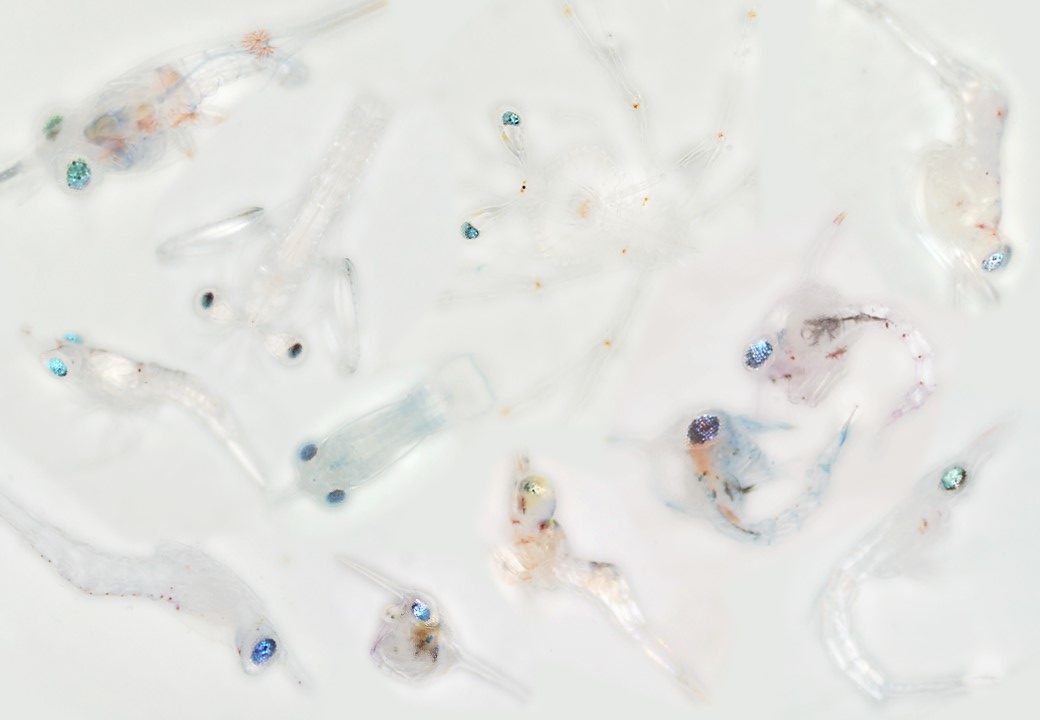
How will you continue to build on this research?
(1) Our studies elucidate design strategies for tuning the optical properties of such materials – by controlling the size, ordering, hollowness and birefringence of the isoxanthopterin particles.(2) By following gene expression in M. rosenbergii during development, the biochemical regulation underlying isoxanthopterin formation and crystallization can be understood. By determining the link between genes, proteinaceous toolkits, and crystal properties we can identify the proteins responsible for controlling isoxanthopterin nucleation and crystal growth. Key candidate genes can be fully sequenced and subjected to functional genomics by loss of function experiments.

